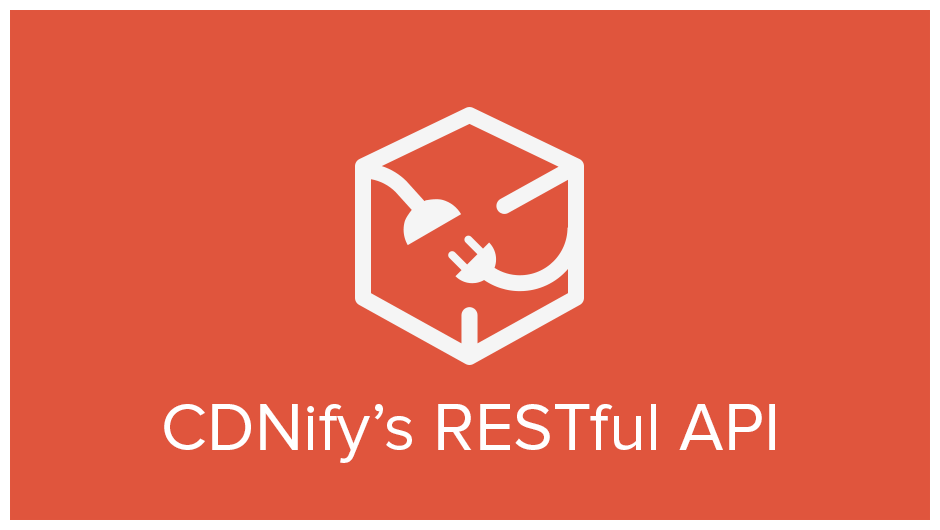
There’s no denying it, I’m super lazy. If you’re like me then you’re always looking for that easier and quicker alternative, which isn’t necessarily a bad thing as you’re looking for a better way to speeds things up – Just last week I found a shortcut to work, reducing the overall time it takes me to get the office.
Just like the shortcut, CDNify is always looking for ways to make it easier to get setup and running – This leads me onto the new RESTful API feature.
What is it?
API stands for Application Programming Interface, it’s a way for a system to communicate with other systems – For instance, imagine not being able to copy text from Notepad and paste it into a mail client. This is where an API comes in which allows applications to communicate with one another.
A RESTful API (Representational State Transfer, aka REST for short) is a simple way to transfer minimal amounts of data using well established tools that define the web, this is to streamline and speed up the process when transferring data. Working like a website, a RESTful API allows programs to access data within the web page, along with controlling how you interact with the system.
Do you need it?
That depends on your needs – Essentially an API is to make life easier, streamlining the process to interact with the system, in this case the CDN and all the features that come along with it.
If you’re looking to communicate with the system to update your resources or flush the cache, then here’s where an API comes in handy. Say for example you’ve built your own site, on the backend you can use the API to grab all resources in use and have options to interact with the system, e.g. a button to add a new resource.
What are the benefits?
The RESTful API offers management and control over your resources with the following commands:
- Grab and display resources
- Create, update, and delete resources
- Purge single files or the whole cache
More API features are soon to follow, but feel free to hit us up with a suggestion on our Contact Page.
How to use it
You don’t need to be a programming whiz to pick up and play with the API, but knowing a little bit of web fundamentals can go along way – In any case, we’ve made it as simple and straightforward as it’s going to get.
To start using the API, you will first need your unique key which can be found in your CDNify account (need to be logged in).
Now grab the code you need by following the examples through the API Documentation.